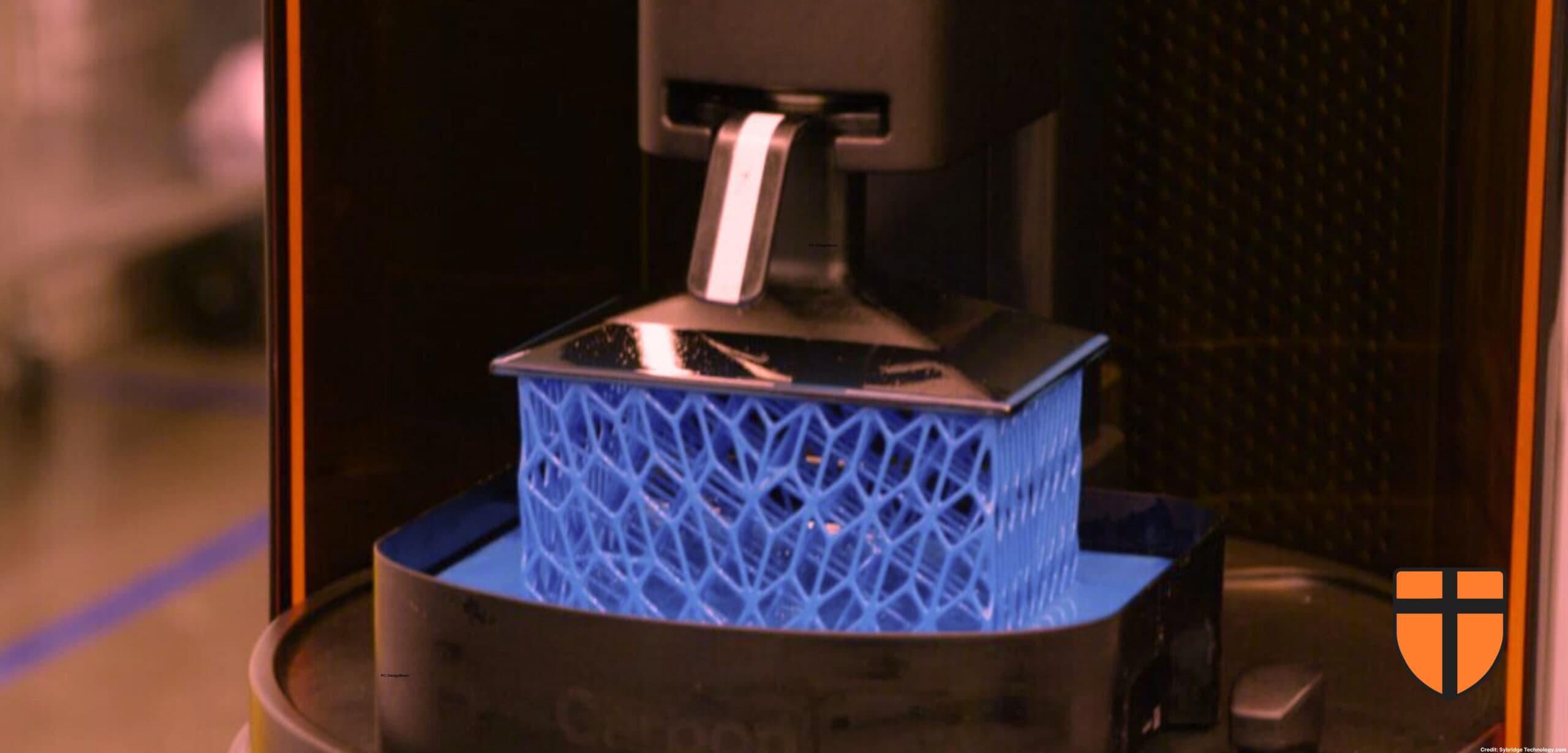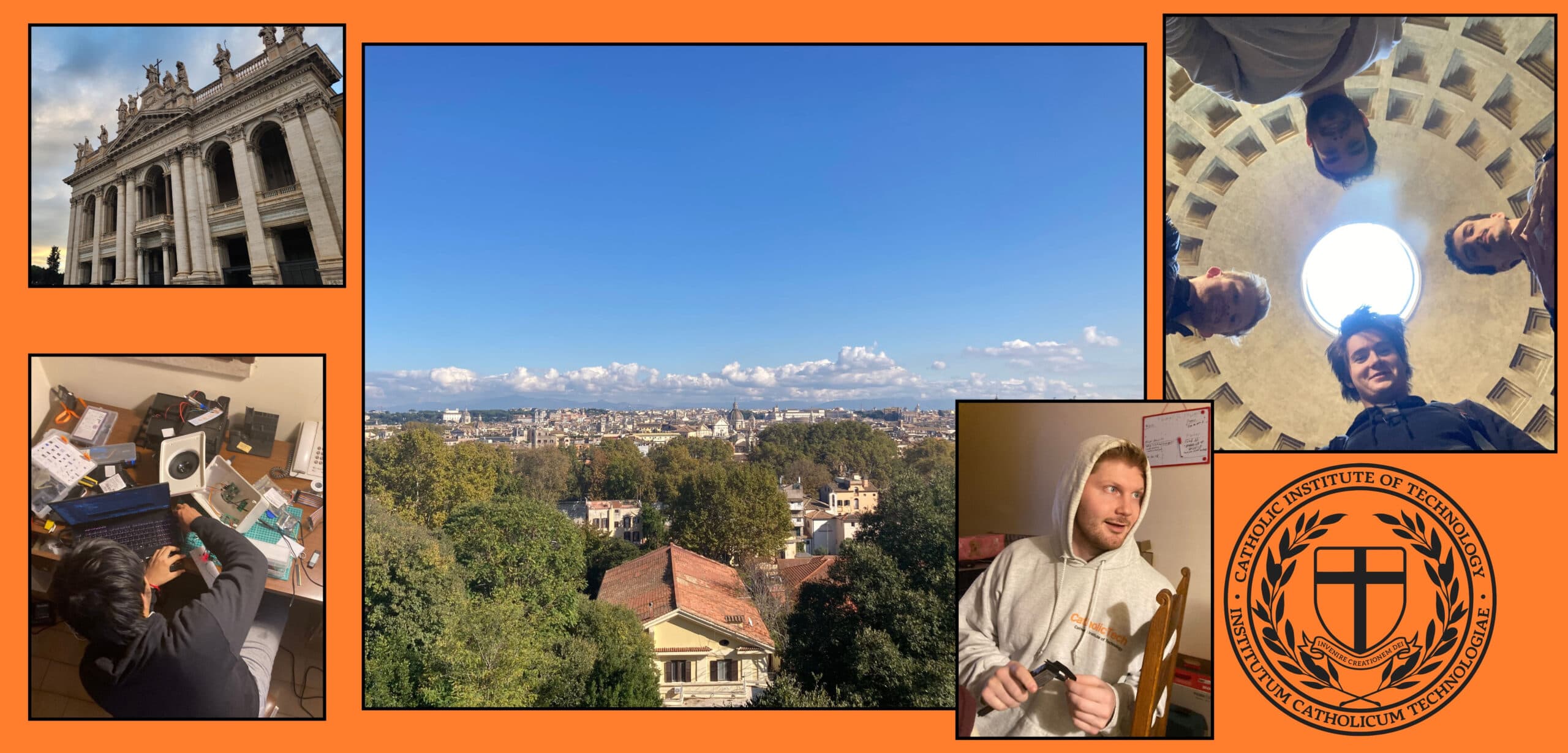
Saving Baby KJ

The first personalized genetic therapy in history was introduced to the world last week. A team of researchers working out of Pennsylvania began a lightning-quick research process as soon as baby KJ Mulroon’s genetic disorder was diagnosed, utilizing past research done by both their team and others. The treatment has been incredibly successful so far.
KJ Mulroon was born with a unique variant of the genetic disorder CPS-1 deficiency. Children with CPS-1 deficiency lack an enzyme which allows their liver to break down ammonia, leading to a buildup of that toxic chemical in their organs. Previously, the only treatment was keeping them on a low-protein diet and a suite of special drugs until they were old enough for a liver transplant. Because of that waiting period and the dangerous nature of the disorder, however, the mortality rate in children with CPS-1 is 50%.
In this case, though, KJ was extremely lucky. Scientists Ahrens-Nicklas and Kiran Musunuru had, in 2023, decided to research custom CRISPR treatments, and their research had quickly focused in on ureal diseases, a group which includes CPS-1. Because of this, they were ready when he was born. They quickly determined the details of his case, and rushed to prepare a treatment.
KJ’s treatment used lipid, or fat based, nanoparticles to deliver enzymes and RNA to his blood, after which they accumulated in his liver. The delivered enzymes were of two sorts: a “Cas” enzyme to determine the proper part of KJ’s genome to change, and an enzyme which can change one letter (or “base”) of the DNA sequence to a different one without damaging the surrounding sections. The RNA was used to bring the second enzyme into contact with the proper section of DNA as determined by the first enzyme.
This treatment method, because it doesn’t require either damaging the DNA or using a viral pathway to deliver the treatment, was a perfect choice for baby KJ. The DNA aspect lowers the danger of future problems because of the treatment, and the lack of necessity for a viral delivery system made it much safer, perhaps even possible at all, to use the treatment, as an immune reaction would have been incredibly dangerous for him.
Thanks be to God, the treatment has been amazingly successful so far. KJ has been given three doses: the first in February of this year, the second in March, and the third in April. After the first dose he was already able to eat more protein, and the dosage of medicine he required to help get rid of the ammonia was not only lowered, but halved. Not only that, he got sick with both a cold and a gastrointestinal illness during that time, either of which would be extremely dangerous and quite possibly fatal under normal circumstances, and yet he shrugged them both off with little difficulty. So far baby KJ has shown no serious side effects, and with the positive effects of the treatment, things are looking good, although the future is still unknown.
This success is an important milestone for genetic therapies. Personalized gene editing, designed to be fast and highly customizable, “promises a new era of precision medicine for hundreds of rare diseases, bringing life-changing therapies to patients when timing matters most: early, fast, and tailored to the individual,” said Dr. Joni Rutter, director of the National Institute for Health’s Center for Advancing Translational Sciences. The millions of people who have diseases not treatable at all, even by the current style of one-size-fits-all gene therapy, could one day be offered a new lease on life, although the technology still has a ways to go.
Beyond the possibilities this treatment offers for the future of genetic therapies, it’s also an important lesson in collaboration. Many important and normally slow-moving entities were involved in this process, yet the treatment had to proceed extremely rapidly, going from early developmental stages to the final product in just six months. This success was the result of collaboration by an international team of scientists, two medical institutions, the United States government (who fast tracked the approval process and gave grant money), and multiple corporations who donated proprietary expertise and materials. The project is a poster boy for what institutional and personal collaboration in science can do.
Collaboration is at the heart of CatholicTech’s mission. Our school’s founding ideal was to bring the Church back to her place at the heart of science, not by excluding the world but by interacting with it, assisting our Holy Mother Church in giving to the world from her store of wisdom and the fullness of truth only she possesses. Catholic participation in the world of science is by its nature a collaboration, and one the world badly needs. It would be insane to ignore the technical expertise of secular scientists, but the world needs more than just technique: it needs men and women with the ethical, philosophical, and theological foundations only the Church provides, working in the world of science.
Please keep baby KJ in your prayers, that he may continue to do well, and live a full and healthy life, knowing, loving, and serving God.





